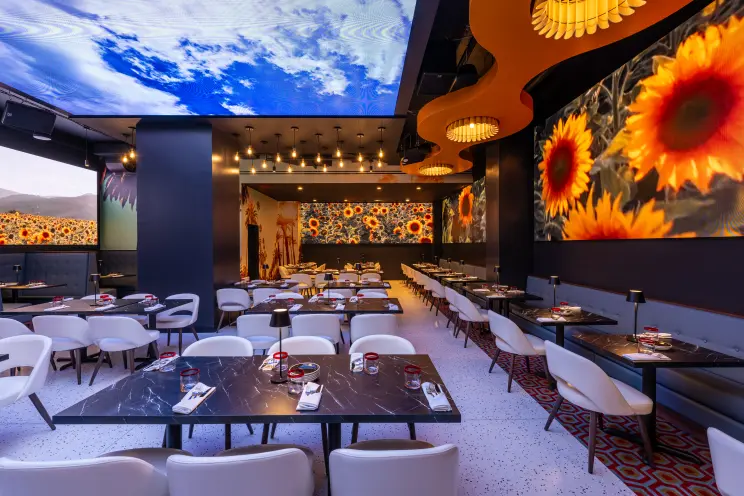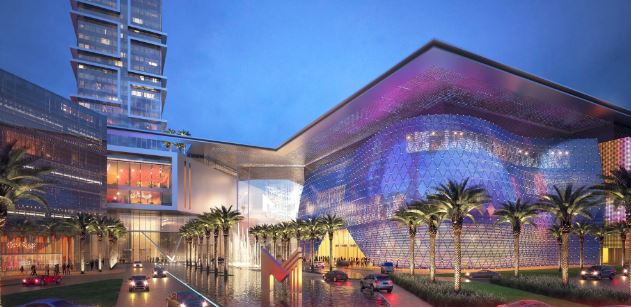

Glass that turns into a screen. Storefronts that talk without speakers. Real-time data on windows instead of walls. What used to be science fiction is now part of daily life. Invisible display technology has made its way out of the movies and into offices, shops, museums, and public spaces.
This isn’t about flashy tech for the sake of it. It’s about making information more visible without adding clutter. With invisible display technology, digital content lives on glass — in windows, partitions, or panels — and disappears when it’s not needed. The result is cleaner spaces, better communication, and more flexibility.
Invisible display technology refers to transparent digital displays — usually made with transparent LED or OLED — that allow content to appear on glass without blocking the view behind it. When off, the glass looks unchanged. When on, it becomes a working screen.
These displays aren’t just cool to look at. They’re used to share useful, time-sensitive information without needing bulky signs or hardware. Think of it as digital signage that blends in when not in use.

Retailers use invisible display technology to highlight promotions, product details, or branding directly on glass. It draws attention, shares key info, and doesn’t hide the view into the store.
You might walk past a store and see a video floating over the window — but still see the products behind it. That’s the point: attract without obstructing.
In offices, these displays turn glass walls into communication tools. You can show company updates, room availability, or data dashboards right on a conference room window — then make it disappear when it’s not needed.
It keeps things clean and digital without turning a workspace into a screen-heavy zone.
Museums use invisible display technology to add context to exhibits. Instead of crowding an object with signage, they project information directly onto or near the display case — all without distracting from the actual artifact.
It’s useful, but subtle. Visitors get more context without feeling overwhelmed.
In airports and train stations, invisible displays show arrival times, delays, safety messages, and directions — all without cluttering the architecture. Since these spaces are often filled with glass, it’s a smart way to add information where people already look.

Invisible display technology makes sense because it solves two problems at once: the need to communicate and the need to keep spaces functional and uncluttered.
It’s not just about the look — though it helps. It’s about giving people useful information where and when they need it, in a format that doesn’t dominate the environment.
Other benefits include:
Whether you’re trying to inform, promote, or guide, invisible display technology keeps your space working while adding value.
This isn’t future tech waiting for a use case. Businesses are already putting invisible display technology to work.
Each use is about improving the visitor experience — without sacrificing design or function.
If you’re considering adding invisible display technology to your space, start with a few questions:

Different projects call for different specs — brightness, transparency level, pixel pitch. The right solution depends on your environment and your goals.
Invisible display technology isn’t about showing off. It’s about making spaces smarter, cleaner, and more useful. It turns glass into a canvas for information — then steps back when it’s not needed.
Whether you’re guiding travelers, sharing data, or showing off a new product, this tech lets you do it with zero visual noise. At SeeThruDisplays, we help businesses use invisible displays in ways that make sense — clear communication, clean design, and no wasted space.